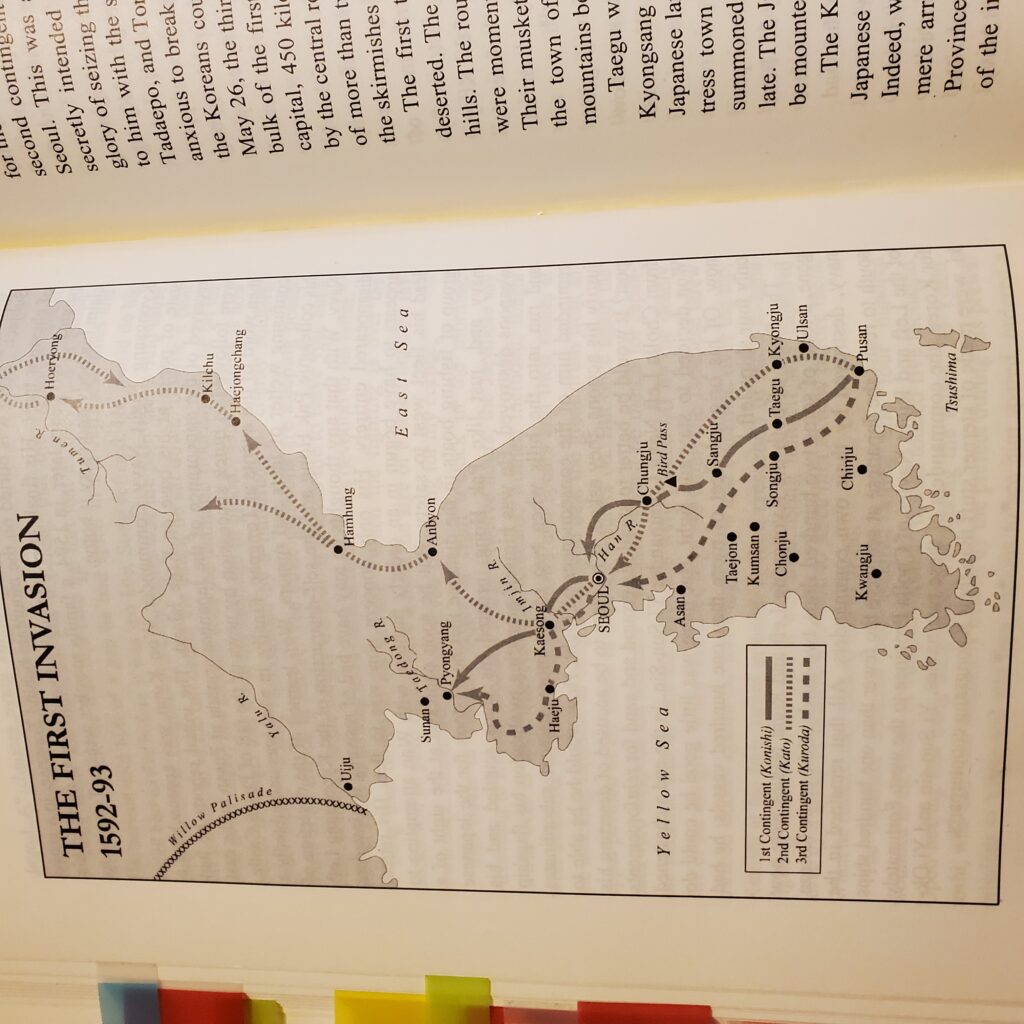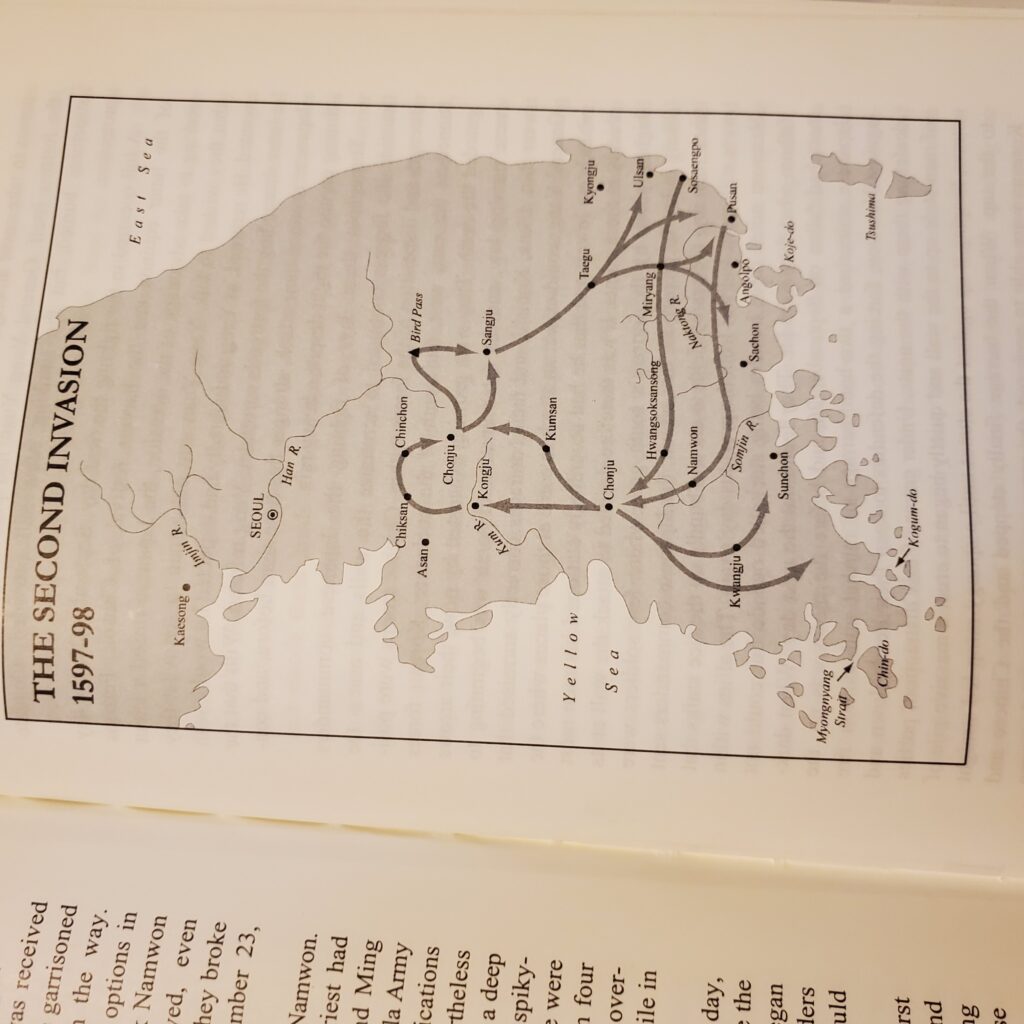In the Imjin year of 1592 the Japanese orchestrated a blitzkreig invasion of Korea. Within just two months they had captured both Seoul and Pyongyang. However, conquering Korea and holding Korea turned out to be two very different propositions. The victories of the Korean navy and the resistance orchestrated by guerilla groups known as “righteous armies” soon weakened the overextended Japanese. When Korea’s the Ming Chinese allies finally arrived the war took a very different turn. But who should get the lions share of the credit when it comes to defeating the Japanese? The guerilla armies? The Chinese? Naval hero Admiral Yi Sunsin? Tune-in and find out how the Korean Zorro, the biggest helmet in the war, and a box full of hornets all play a role in the story.




Works Cited
Haboush, JaHyun Kim. The Great East Asian War and the Birth of the Korean Nation. Edited by William Joseph Haboush and Jisoo M. Kim, Columbia University Press, 2016.
Hawley, Samuel Jay. The Imjin War : Japan’s Sixteenth-Century Invasion of Korea and Attempt to Conquer China. 1st ed., Royal Asiatic Society, Korea Branch, 2005.
Hwang, Kyung Moon. A History of Korea : An Episodic Narrative. 2nd edition.,Palgrave, 2017.
Lee, Peter H. “The ‘Imjin Nok’, or the ‘Record of the Black Dragon Year’: An Introduction.” Korean Studies, vol. 14, 1990, pp. 50–83. JSTOR, http://www.jstor.org/stable/23717863. Accessed 17 Apr. 2024.
Lewis, James Bryant, editor. The East Asian War, 1592-1598 : International Relations, Violence and Memory. Routledge/Taylor & Francis Group, 2015.
Nam-lin Hur(허남린). “Works in English on the Imjin War and the Challenge of Research.” International Journal of Korean History, vol. 18, no. 2, 2013, pp. 53–80.
Swope, Kenneth. A Dragon’s Head and a Serpent’s Tail : Ming China and the First Great East Asian War, 1592-1598. University of Oklahoma Press, 2009.
Swope, Kenneth M. “PERSPECTIVES ON THE IMJIN WAR.” The Journal of Korean Studies, vol. 12, no. 1, 2007, pp. 154–61. JSTOR, http://www.jstor.org/stable/41490237. Accessed 17 Apr. 2024.

